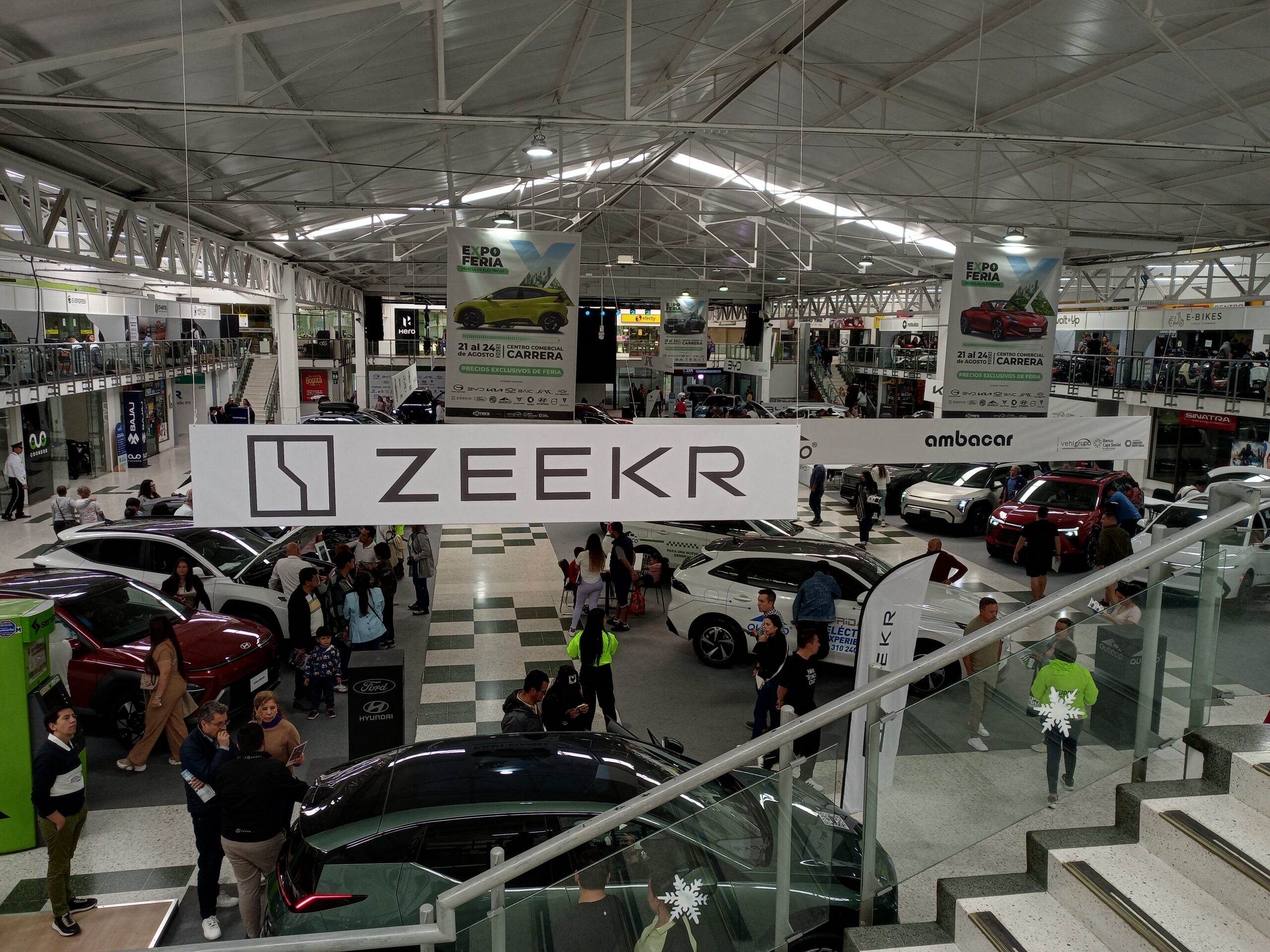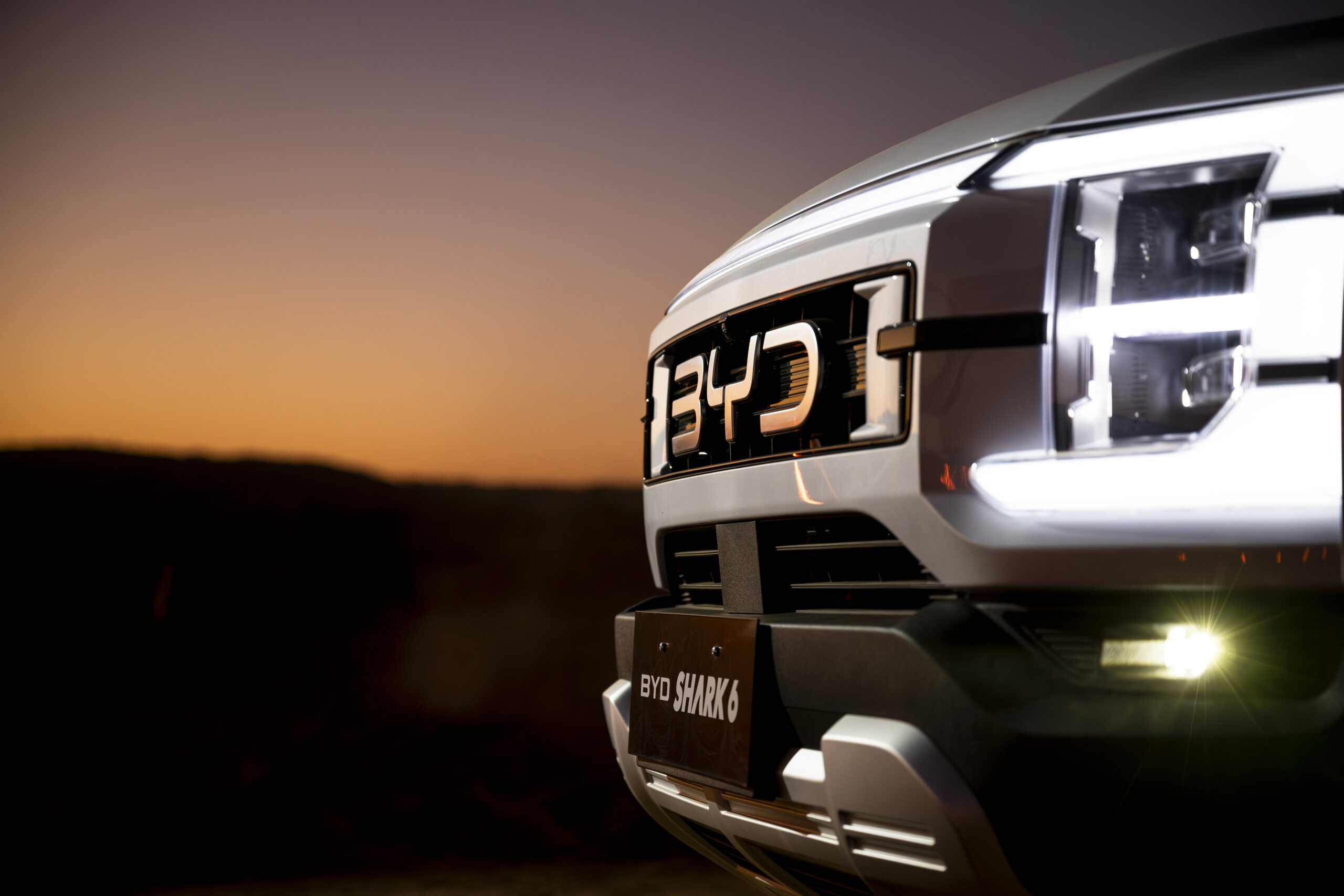
Sign up for daily news updates from CleanTechnica on email. Or follow us on Google News!
Pity poor Volkswagen Group. It has been struggling to build a significant presence in the US automobile market for decades, but has never become the volume seller it would like to be. It produces the battery-electric ID.4 at its US factory in Chattanooga, Tennessee, but does not offer its sportier variant — the ID.5 — in America. People who want an ID. Buzz in America can now order one, but it is pretty pricey for what you get. Volkswagen says it will soon introduce the new Scout brand to the US, even though few people alive remember the original Scout. And now comes word that Cupra, the sporty sub-brand of SEAT, is also considering a run at the US market sometime before the end of this decade.
Since most Americans have never heard of Cupra, here’s a short primer. SEAT is a Spanish car company owned by Volkswagen Group. Its vehicles are mostly clones of Volkswagen models it manufactures in Martorell, Spain, which is near Barcelona. In the 1990s, when SEAT started competing in the World Rally Championship, its cars carried the Cupra brand — a combination of the words “cup” and “racing.” After tasting some success in international competition, the company decided to sell Cupra-badged cars that had more sporting pretensions than their regular offerings. Cupra thus became known as the performance division of SEAT in much the same way that Polestar was for Volvo and AMG was for Mercedes. In 2018, it was established as a separate brand.
The first battery-electric car to carry the Cupra name was the Born, introduced in 2021. Last spring, there were numerous reports in the motoring press that suggested Cupra was planning to sell cars in the United States. Those reports claimed the brand would sell only electric cars in America. One report by Motor Authority said Cupra had already expanded beyond the European market and was selling its cars in Mexico and other Latin American countries. In the US, it would focus on select states on the East and West Coasts and along the so-called Sun Belt.
At the time, Wayne Griffiths, the head of Cupra, said at least two models, both of them electric, would be coming to America. One would be an electric version of the Formentor, a compact crossover related to the Volkswagen Tiguan. The other model confirmed by Griffiths was a larger SUV scheduled to be built in North America. He also said Cupra vehicles would be offered in the US using a “new distribution model.” At the time, it was presumed he meant a subscription model or possibly direct sales that skip franchised dealerships, similar to how Tesla markets its cars.
The electric cars from Cupra were supposed to be based on the SSP platform under development by the parent company, but that project has been pushed back by several years due to problems getting it to meet the company’s expectations. Those difficulties are one reason why Volkswagen Group just shoveled $5.8 billion into the corporate coffers of Rivian, which is supposedly going to solve those problems once and for all. In China, Volkswagen has outsourced the development of its next generation electric car platforms to Xpeng. Hiring both Rivian and Xpeng to do what it can’t has to be a serious blow to the once proud German company, where engineering excellence is assumed to be part of the DNA.
The Plans For Cupra Have Changed
A lot of water has flowed under the bridge since last spring. What seemed like a good idea then doesn’t seem so appealing now. Americans’ enthusiasm for electric cars has cooled somewhat and there is a new administration coming to Washington, DC that is determined to slap tariffs on everything imported into America while tearing up the federal incentives currently in place for electric car buyers. According to Motor Authority, Cupra’s plan to only sell electric vehicles, starting with a pair of crossovers, has been abandoned. Now the plan is for Cupra to offer gasoline, plug-in hybrid, and electric vehicles in America. A Cupra USA division has been established to oversee the US market, headed by Bernhard Bauer, Cupra’s former head of the German market.
The distribution plan has also been updated. Cupra now expects to team up with Penske Automotive Group — one of the largest in America — to jointly establish a US sales network. Cupra said recently it is in talks with the Penske dealer group about a possible partnership. In a statement, Griffiths said a strong distribution and retail strategy is essential for success in the US and that Penske Automotive Group’s presence in the market and past experience with other Volkswagen Group brands, makes it a promising potential partner.
Sharp-eyed readers will immediately notice two things about this announcement. First, a “promising potential partner” is a polite way of saying nothing has been decided yet. Penske Automotive has a long history of success in competition and in vehicle sales. It has been around the block a time or two and is not making any binding agreements until all the corporate due diligence has been completed, all the i’s are dotted, and all the t’s crossed.
Second, the highly touted new Scout division was also supposed to manufacture and sell only battery-electric cars. But now it too is backtracking on that commitment and saying much the same things as Cupra — its offerings will feature gasoline engines, plug-in hybrid powertrains, and some battery-electric models. It almost seems Volkswagen Group is deliberately trying to offer vehicles to US customers that don’t have the word Volkswagen on them anywhere. Perhaps there are still US car-buyers who remember the horrible stench from the Volkswagen diesel cheating scandal and and are staying away from Volkswagen showrooms in droves because of it. How Volkswagen dealers in America would take the news that the parent company is circumventing them is anybody’s guess, but it is unlikely they will take kindly to the idea.
The Takeaway
Earlier this year, Wayne Griffith said the timing for Cupra to enter the US would be linked to its success in transitioning to an all-electric lineup in Europe. Before Cupra can make its way to the US, Griffiths says it needs to get stronger in Europe. “The investment for making cars ready for America is considerable, and I think we need to be stronger first in Europe and make sure we’ve done our homework,” he said.
That may be so, but if Volkswagen is pulling back on its electric car plans at Porsche, it’s a safe bet that an all-electric lineup at Cupra is getting further away rather than closer. We hear a lot about Volkswagen pivoting to plug-in hybrid cars, but have seen little movement toward that goal. A subsidiary question is whether these plug-in hybrid vehicles will be compliance cars with a piddling 30 miles or so of battery-only range, or extended range EVs that are the hottest thing in the Chinese car market today. EREVs might be acceptable to those who want to see the EV revolution succeed. They are sort of a gateway drug to battery-electric cars. But if not, then why bother? Just bolt in a gasoline engine and be done with it.
The odds among the staff here in the halls of CleanTechnica, where the theme is all Norwegian wood, are no better than 50/50 that Cupra will ever actually bring its cars to America. When asked his opinion, our resident Zen master said “We’ll see.”

Chip in a few dollars a month to help support independent cleantech coverage that helps to accelerate the cleantech revolution!
Have a tip for CleanTechnica? Want to advertise? Want to suggest a guest for our CleanTech Talk podcast? Contact us here.
Sign up for our daily newsletter for 15 new cleantech stories a day. Or sign up for our weekly one if daily is too frequent.
CleanTechnica uses affiliate links. See our policy here.
CleanTechnica’s Comment Policy




